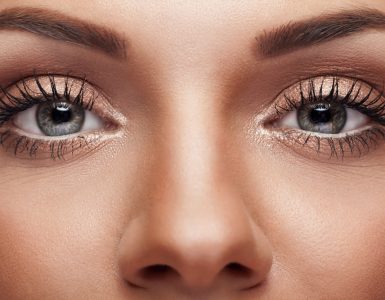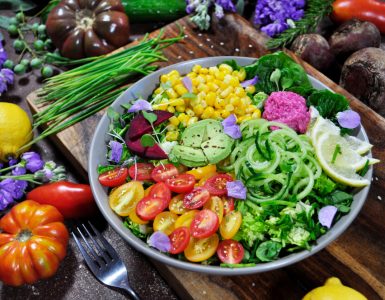Iron is critical to human life. The reason? It functions in the red blood cells transporting oxygen from the lungs to the body’s tissues as well as working in several key enzymes involved in energy production and metabolism within the body. It’s been found that even slight iron-deficiency anaemia can lead to a reduction in physical work and capacity.
FORMS
There are actually two forms of iron available in the diet; heme and non-heme iron. Heme iron is bound to haemoglobin and is found in animal products, particularly red meat. This is the most easily absorbed form, hence vegetarians can sometimes be more at risk of deficiency. Non-heme iron is found in plant foods and is quite poorly absorbed.
BEST SOURCES
Kelp contains the highest amounts of iron. Beef liver is a great source of heme iron, with vegetables such as broccoli, cauliflower and artichoke containing small amounts of the non-heme type. Iron, in all its forms, is always better absorbed when eaten with vitamin C, either as a food or food supplement.
DEFICIENCY SYMPTOMS
The negative effects of iron deficiency are caused by the impaired delivery of oxygen to the body tissues, which can lead to the most common deficiency condition, anaemia. This results in a lack of energy, impaired immunity and poor learning, particularly in children. Women are commonly iron deficient due to their monthly menstrual flow, but also during pregnancy.
Restless leg syndrome is a common condition, which can often be attributed to iron deficiency. Iron deficiency is also more common in the elderly; levels of hydrochloric stomach acid decrease with age, so the rate of absorption of dietary iron reduces.























